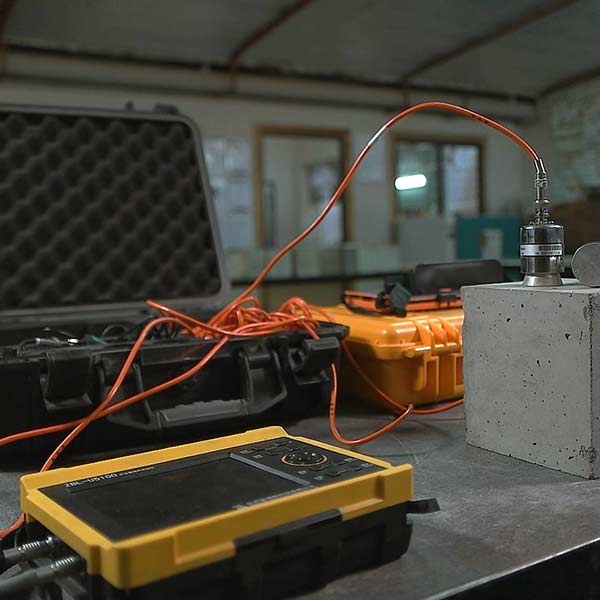MATERIALS TESTING
Sample & Field Testing
We are ready to provide you with advice or a quote.
Send us an enquiry here or call 066 299 1985.
Our well-trained and accredited teams are available to perform sampling and coring, nuclear densities and a range of other in-field quality control tests.
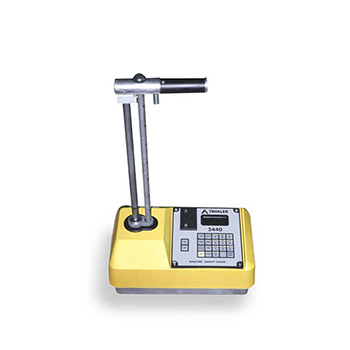

Sample & Field Testing
SERVICE OFFERING
01
Nuclear Density
Used to determine the in-situ density of soil, gravel and sand material as well as the moisture content of a surface layer.
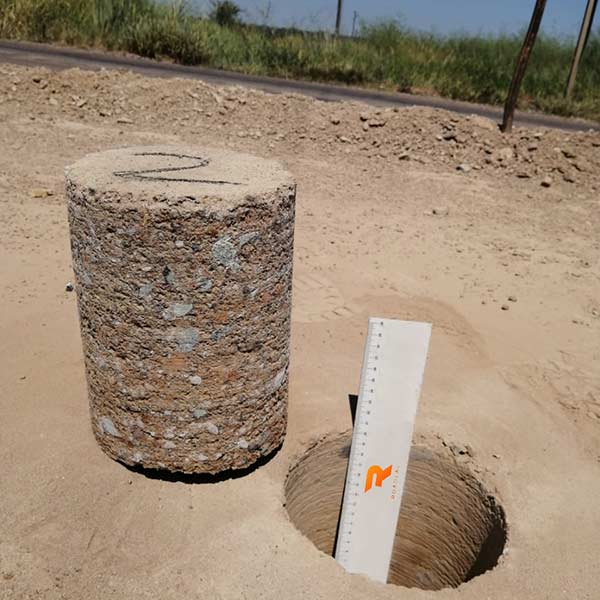
02
Cored Specimens
This method is used to extract field specimens for use in determining UCS or ITS of stablilised materials.
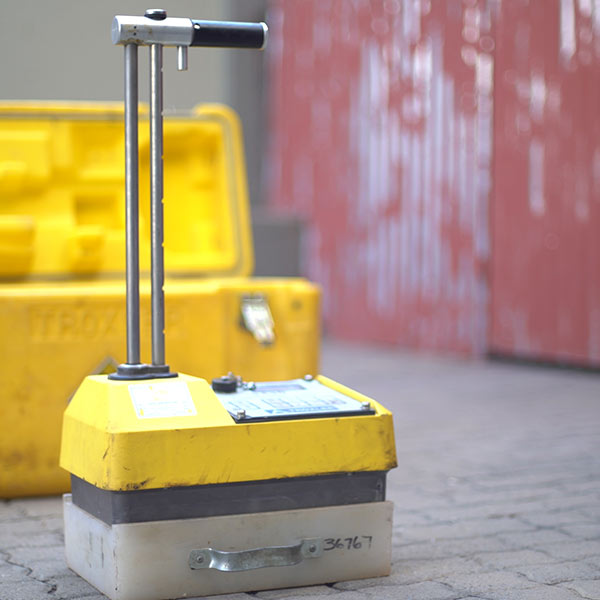
03
Sand Replacement
Determines the in-situ density of a layerwhere the nuclear density method is unsuitable.
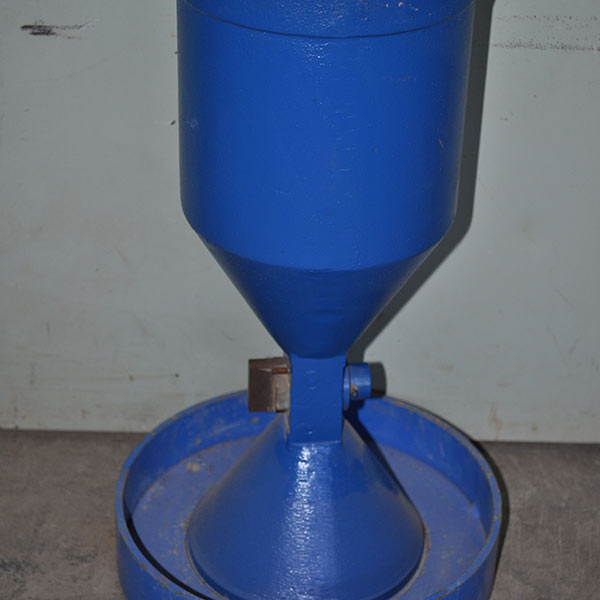
04
Dynamic Cone Penetrometer (DCP)
Used to determine the resistance of the material as well as to interpolate the expected California Bearing Ratio.

05
Plate Load Test
Determine the ultimate bearing capacity of soil and the probable settlement under a given load.
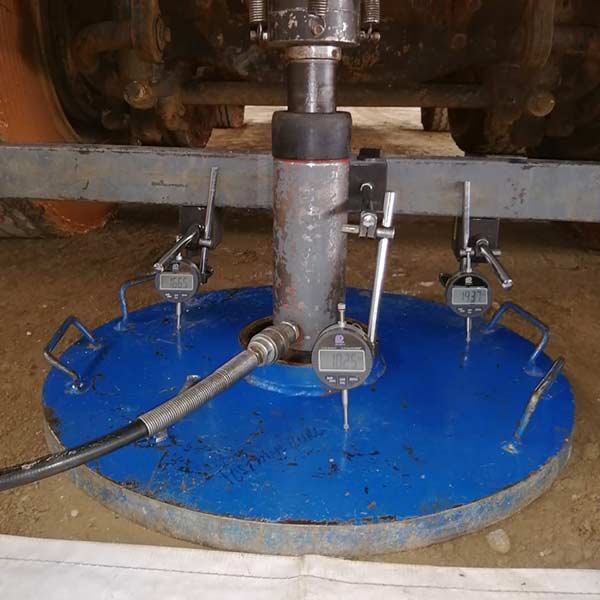
06
Asphalt and Concrete Coring
Used to extract field specimens to determine layer thickness, BRD on asphalt specimens and more.
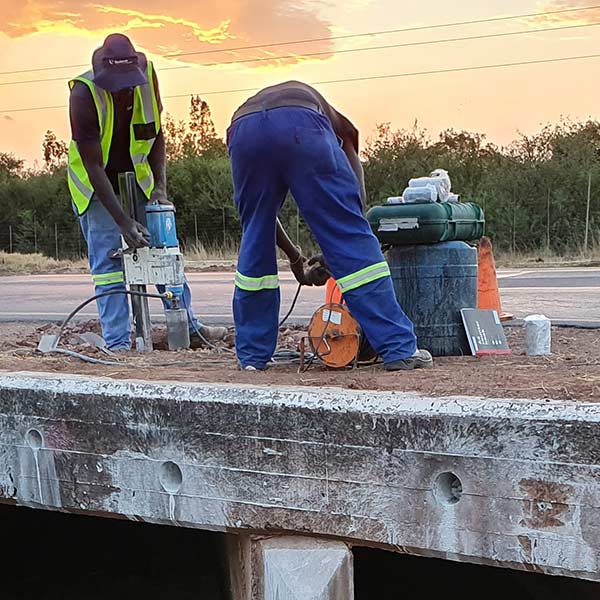
07
Ball Penetration Test
The ball penetration test is used to simulate the embedment of stone chips that occurs during construction and under traffic loading.
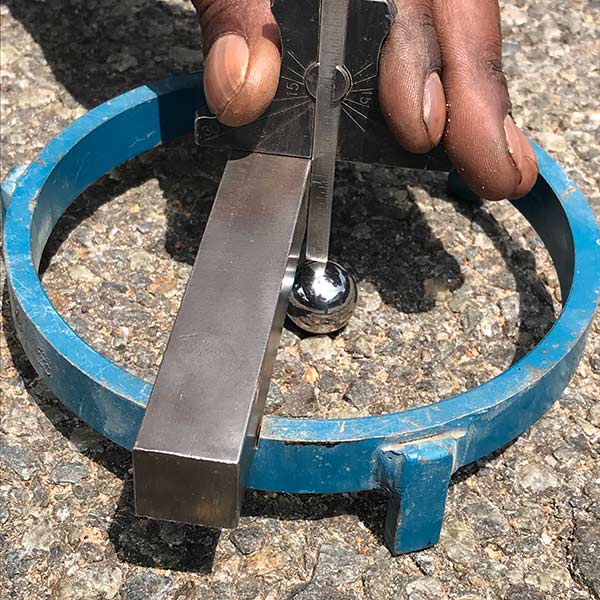
08
Clegg Impact Hammer Testing
Measures soil strength and consolidation levels during trench re-instatement and confirm uniform compaction over areas of ground.
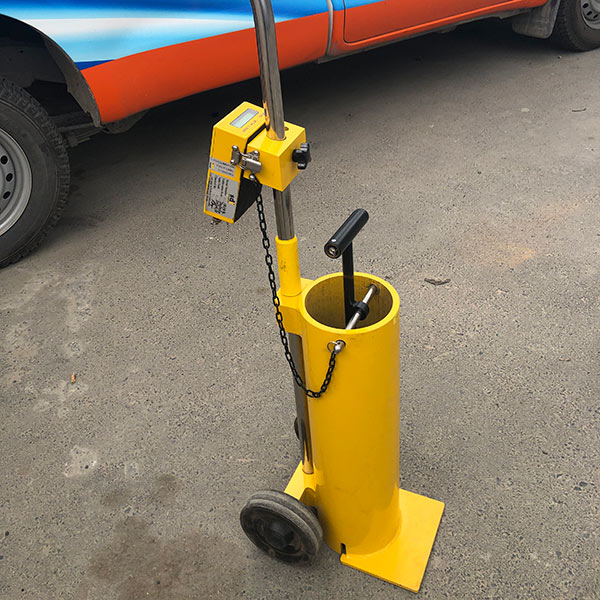
9
Rolling Straight Edge
Used to determine the rideability of a specific road surface area and measure the transition between where processed sections join.

10
Sampling of Materials
Obtaining of asphalt, soils, gravels, concrete or bitumen samples that are representative of the material used during construction phases
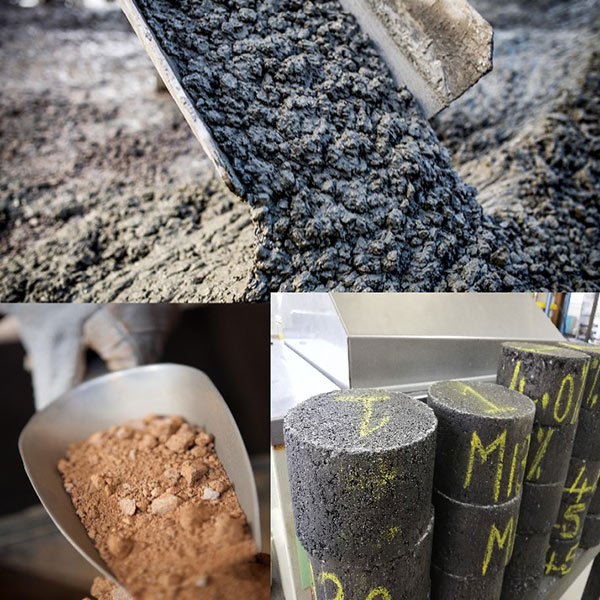
11
Dynamic Probe Super Heavy (DPSH)
Used in favourable conditions to determine the expected bearing capacity of soils .
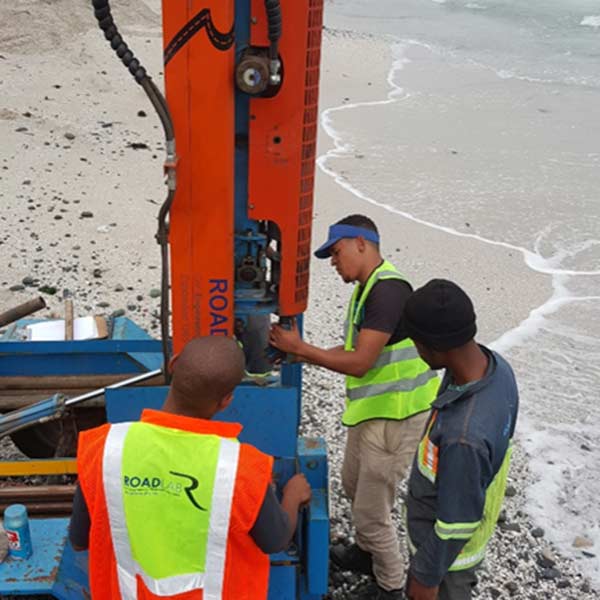
12
Falling Weight Deflectometer (FWD)
The most practical system to accurately measuring pavement’s deflection response when subject to a dynamic load.
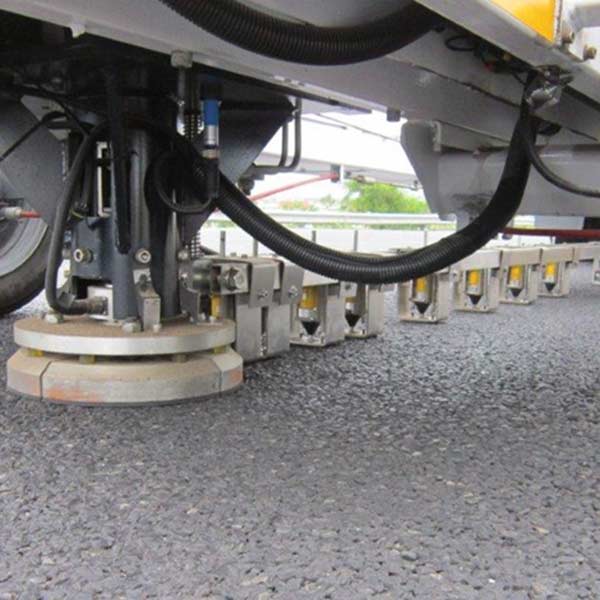
13
International Roughness Index (IRI)
Measure surface roughness, texture and rutting to calculate ride comfort, surface friction and noise generation.
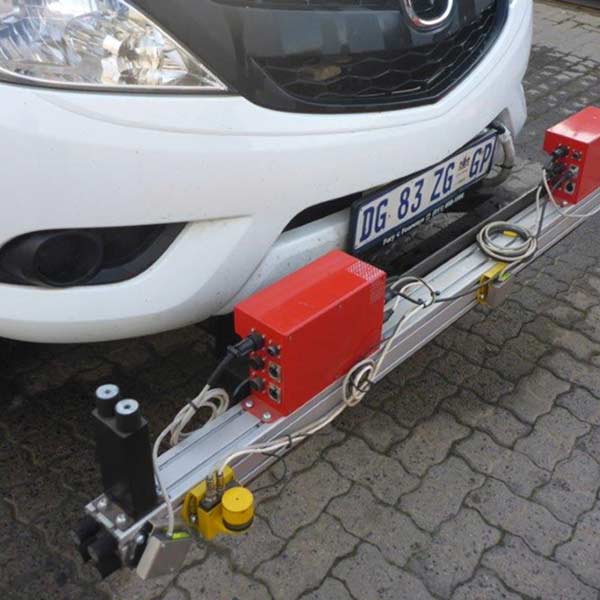
14
Walking profilometer
Evaluate the surface condition of pavement. Measures surface roughness, texture and transition irregularities and surface rutting.
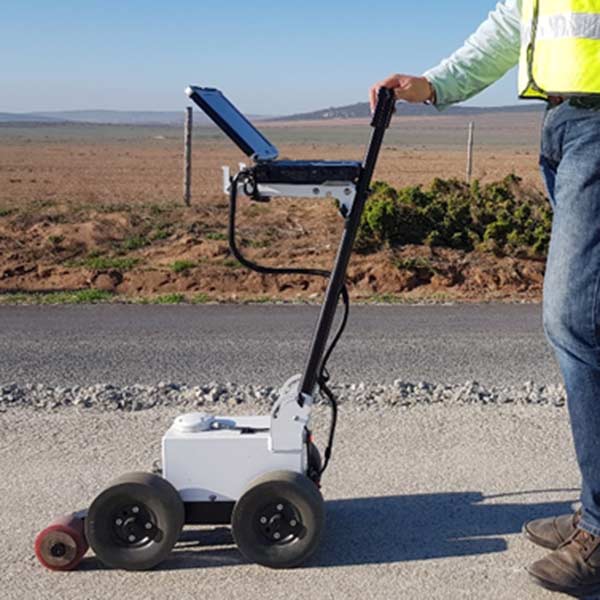
15
Model Mobile Load Simulator (MMLS 3)
One of 13 world wide, this allows us to simulate traffic, moisture and temperature effects on a pavement layer, recreating real-life stresses.
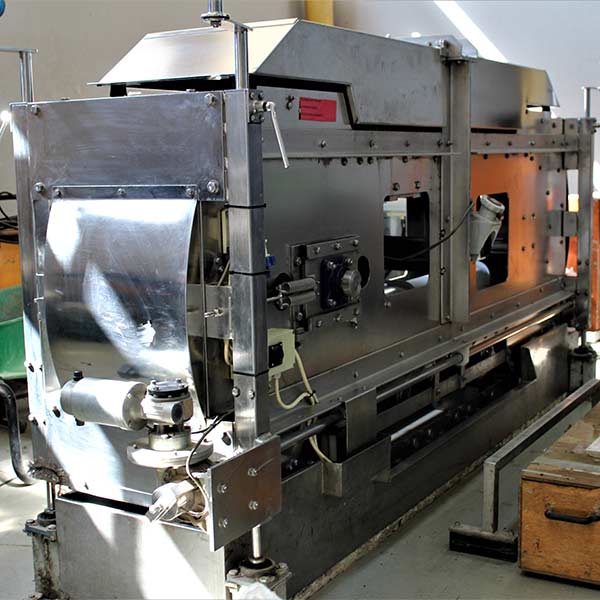
16
Concrete crack width meter/camera
Investigate cracks width on concrete structures such as walls, tunnels, bridges etc. with photographic recording - accuracy of 0.01mm.
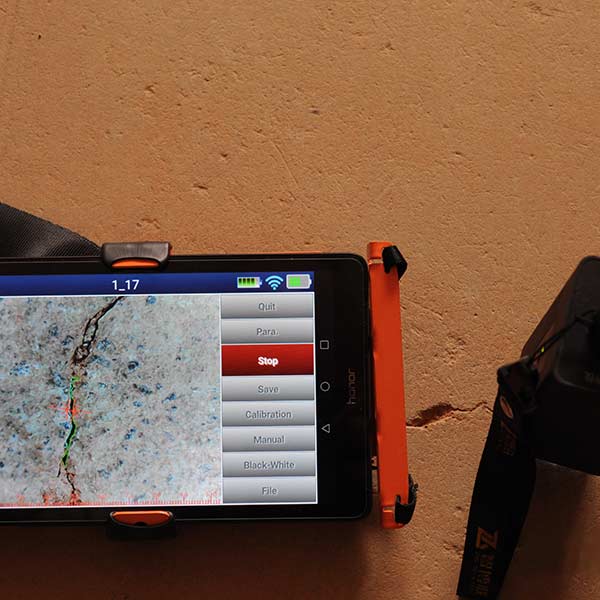
18
Proceq Concrete scanning
Non-destructive testing of concrete structures using ground penetrating radar to an effective depth exceeding 700mm.

19
Certification of a binder distributor
Certification of a binder distributor, validation of binder distributor dipstick, power and speed indicator test, pump system performance, and transverse distribution.
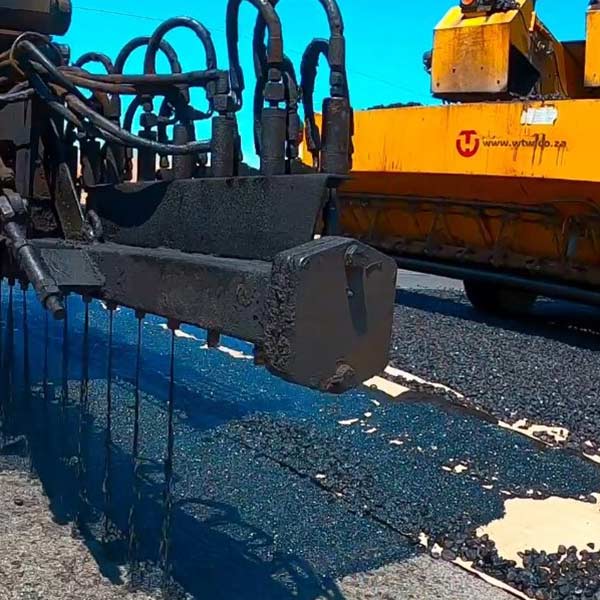
20
Marvil test
The permeability of a bituminous layer indirectly indicates the material’s susceptibility to the ingress of water.
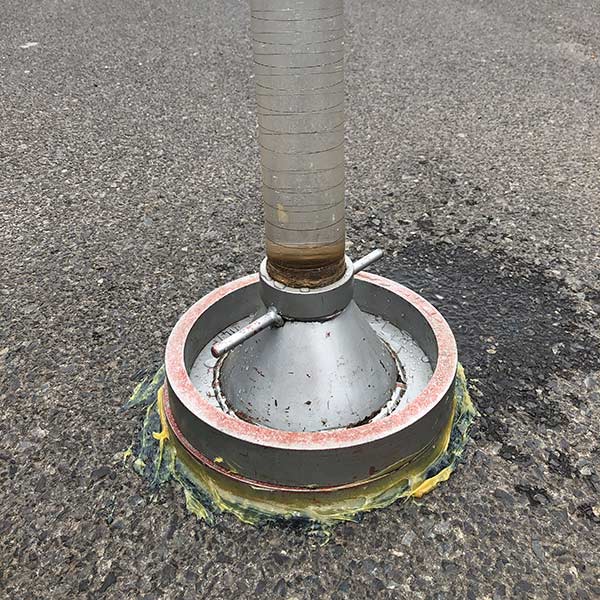
21
Texture depth measurement
This test is used to determine the texture of a road surface, also known as roughness.
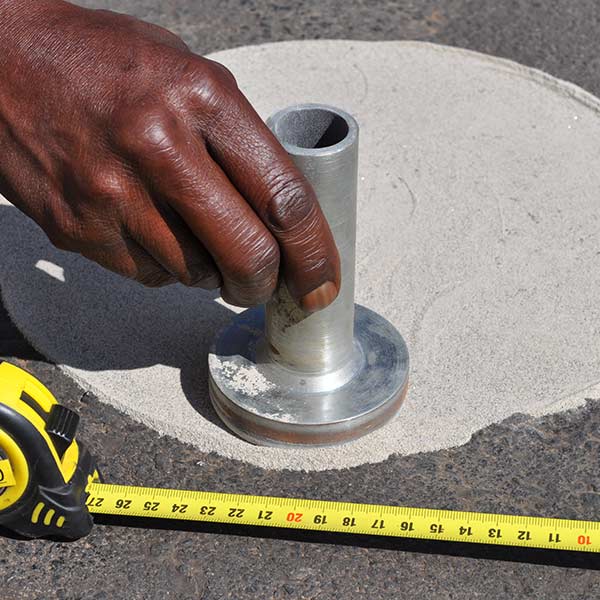
22
Ball penetration
The ball penetration test is used to simulate the embedment of stone chips that occurs during construction and under traffic loading.
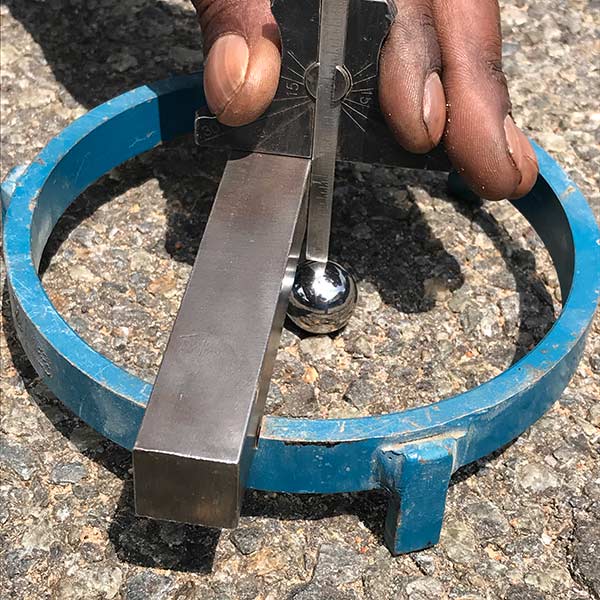
23
Cover meter testing
Determining the reinforcing depth in an existing concrete structure with the use of a rebar detector.
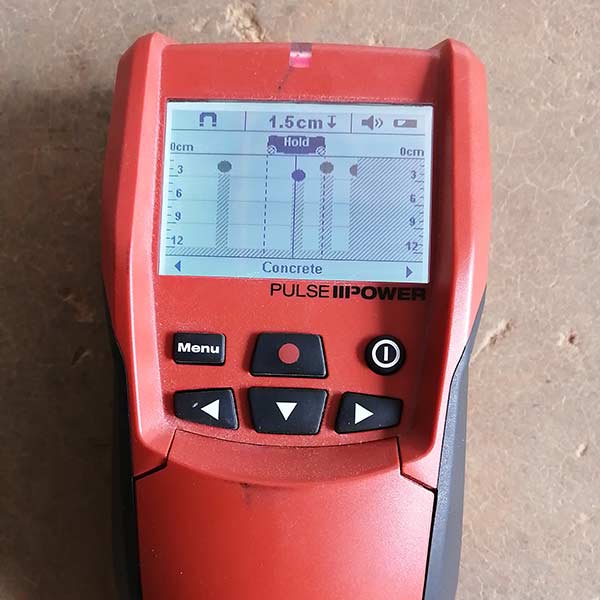
24
Rebound hammer
This device measures the elastic properties or strength of concrete or rock, mainly surface hardness and penetration resistance.
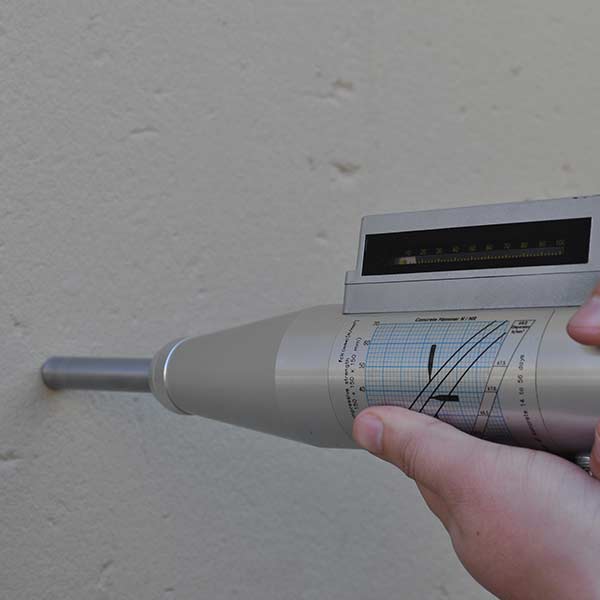
25
Ultrasonic pulse velocity and echo
Scanning of sub-surface targets in concrete to determine strength and quality, evaluating slab thickness and the severity of honey combing.
